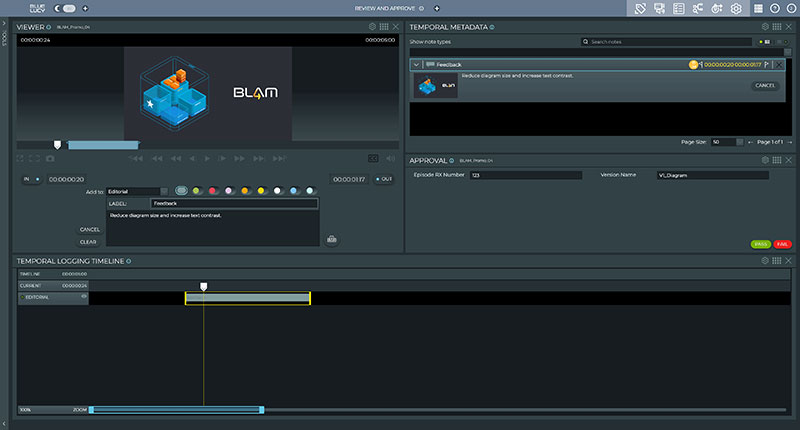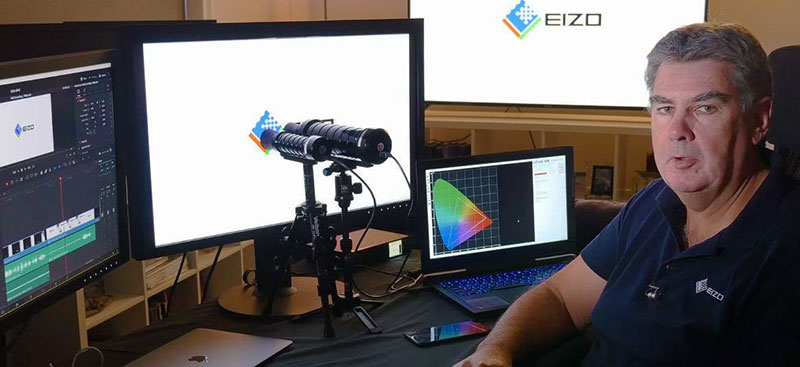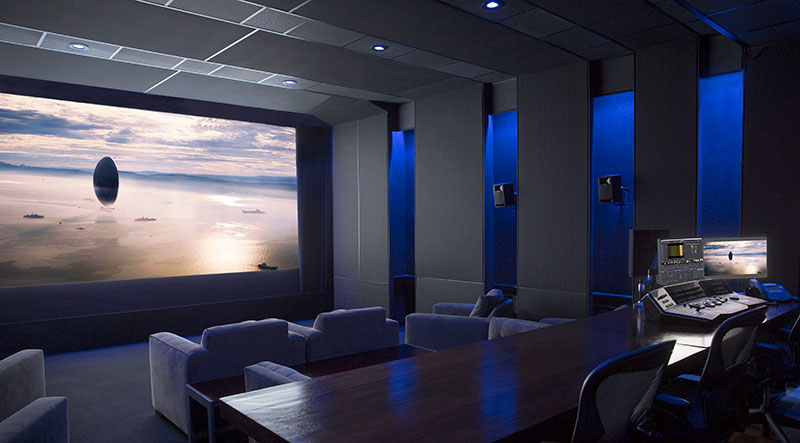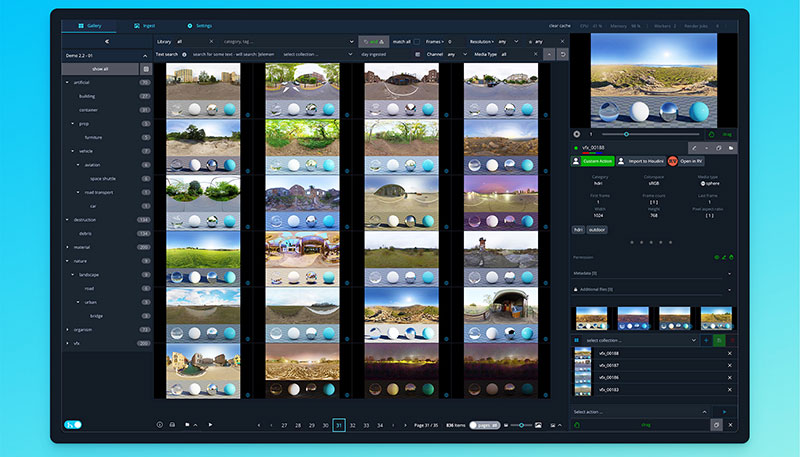The Archivio Luce team has used DFT’s Polar HQ scanner to digitise extensively damaged film reels that had previously been considered too fragile to scan.

During a recent visit to Archivio Luce at Cinecittà in Rome, Digital Film Technology (DFT) oversaw the use of a newly installed DFT Polar HQ film scanner. Archivio Luce digitized several extensively damaged film reels, including a 35mm print of an animated film released in 1938.
The team gathered to witness the scanning of this severely compromised film reel. This specific 1938 film had suffered severe damage to its perforations. Large sections of the perforations alongside the reel are completely missing.
The Archivio Luce team greatly admires the Polar HQ’s ability to continuously scan film that had previously been considered impossible to scan. This event marked a special achievement at Archivio Luce, Italy’s national film archive, which safeguards the audiovisual heritage of Italy’s 20th century and is recognized as one of the world’s preeminent collections, listed in UNESCO’s Memory of the World Register since 2013.
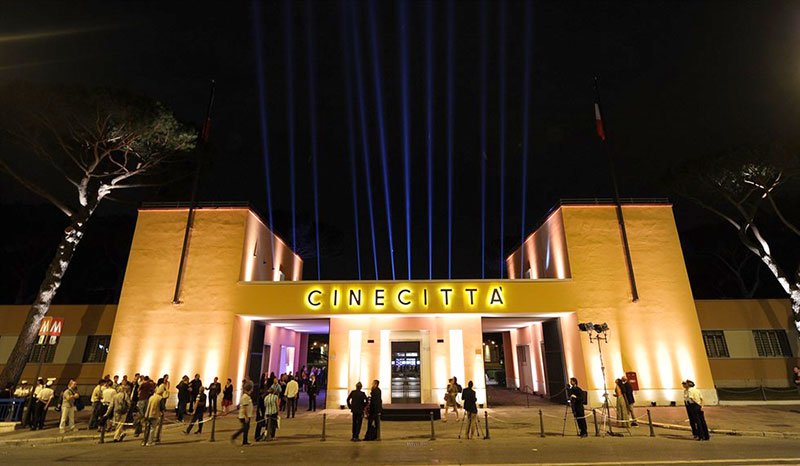
At Archivio Luce, the 1938 reel had long been considered too fragile to attempt scanning, as traditional film scanners risked causing further damage.
“Seeing the Polar HQ successfully scan such films was both surprising and very impressive,” said Massimiliano Forcina, Head of the Digital Film Conversion Area at Archivio Luce. “This achievement sets a new reference in film scanning technology and shows how we can now safely digitize materials once thought impossible to preserve.”
The demonstration vividly showed how modern equipment can address longstanding preservation challenges. The success of the Polar HQ was enabled through a combination of features designed to facilitate the scanning of fragile materials. Among these is the film scanner’s Smart Motion Gate system that merges continuous film movement with a start/stop mechanism. Central to the Polar HQ’s functionality is a specially designed film gate system featuring a tailored skid and pressure plate for the precise handling of fragile and damaged stock.

Combined with Optical Pin Registration that maintains image stability even when perforations are missing, the scanner’s precision mechanics and advanced imaging technology demonstrate the need for safe, accurate digitization of compromised film materials.
For DFT, this achievement represents a proud moment emphasising how advancements in film scanning technology can ease the demanding work of film archives. With the Polar HQ, DFT’s dedicated development team has transformed the challenges raised by film archivists into a robust solution. The result is a sophisticated tool that enables the digitization of film once considered unscannable.
The Polar HQ scanner is designed predominantly for the film archive market to handle aged or damaged film stocks. It has been created using a unique modular concept that enables the adoption of new individual components in the future. This marks a significant change in the way DFT Film Scanners will be built going forward.
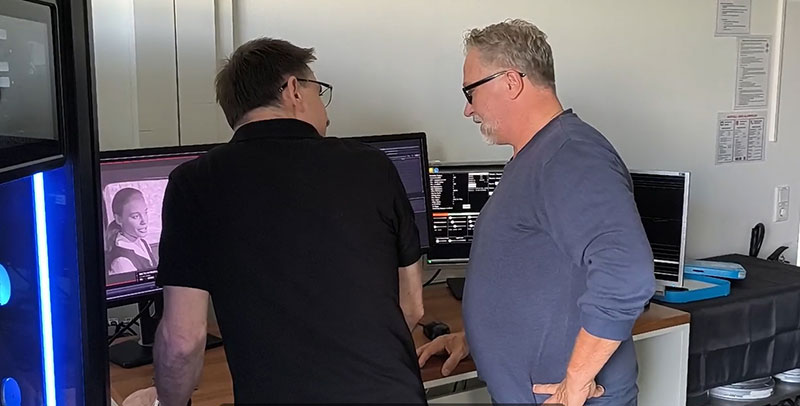
Using a new 9.3K monochrome sensor in combination with its modern Smart Motion Film Gate system, the new DFT POLAR HQ is well-equipped to handle a range of challenging film-related issues, while also outputting ultra-high resolution native 8K deliverables, without the need for micro-scanning.
DFT supports archives worldwide with systems designed to preserve cinematic heritage and ensure its accessibility in today’s digital era and for generations to come. https://dft-film.com/





